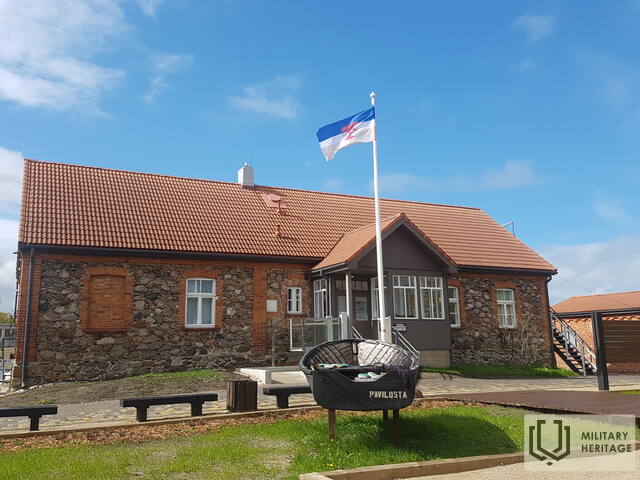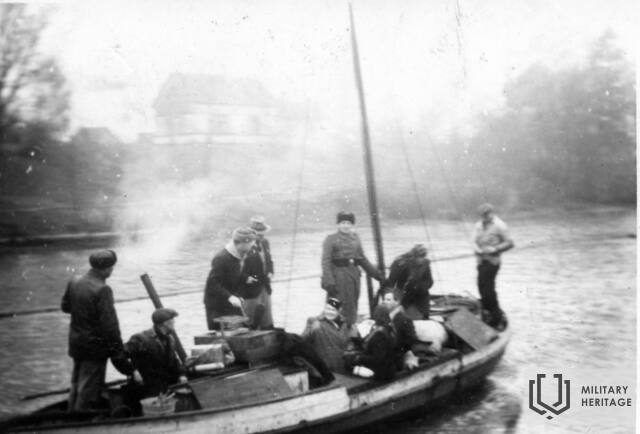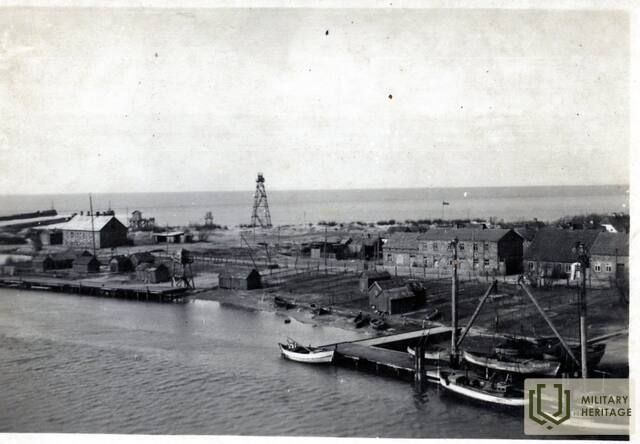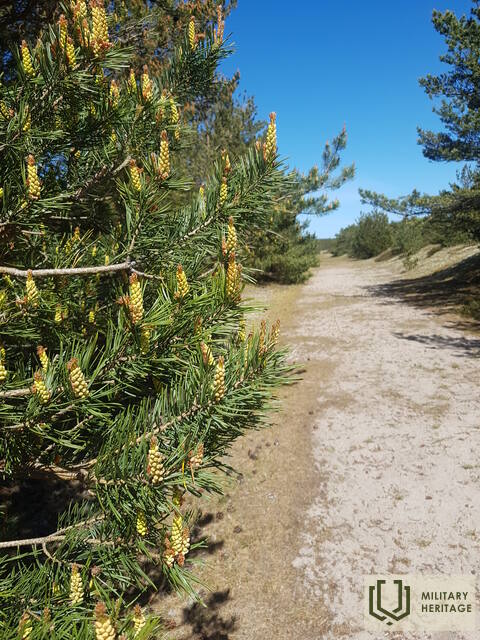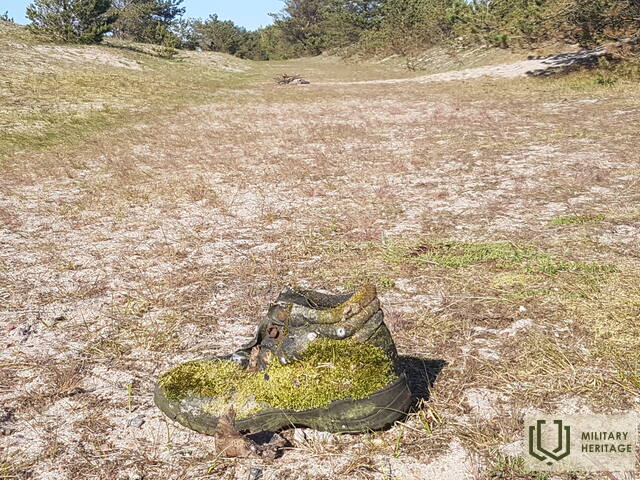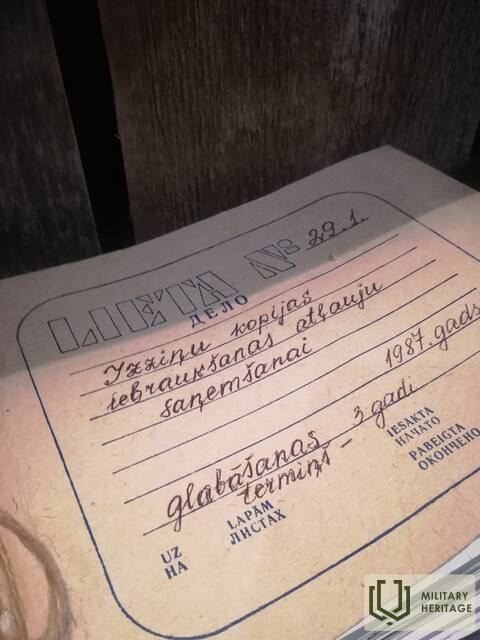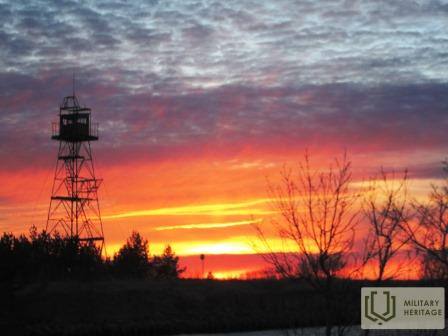Pāvilosta local history museum exposition Museum

Named ‘Pāvilosta, a Closed Area’, the exhibit in the Pāvilosta Local History Museum is about everyday life in the town of Pāvilosta during the Soviet occupation; specifically, about the executive branch, border area, fishermen’s collective farm, and the cultural and social activities. In addition to the permanent exhibit, there is an interactive and emotionally rich digital exhibit in two languages and an audio-visual installation offering a film about Pāvilosta.
The museum also features a new exhibit named ‘The Golden Sand Grains of Pāvilosta’. The digital installation showcases old events, how Pāvilosta was founded and the most important developments from 1918 to the present day. Military heritage is a point of focus in the War of Independence section, which tells a story about the freedom fighters of Latvia and the time of the Soviet occupation.
Used sources and references:
http://www.pavilosta.lv/lv/kultra/muzeji/pvilostasnov
Related timeline
Related topics
Related stories
Border regime zone
About times in the border regime zone.
Pavilostnieki
Pāvilosta residents Aina Jakovļeva and Irina Kurčanova share their memories of the Soviet era in Pāvilosta.
The first refugee boat "Centība" from Bambali
On 31 October 1944, the boat "Centība" left the Kurzeme coast. The departure of this boat was reconstructed by Valentīne Lasmane, the Convener of the Latvian Central Council, from the recollections of several fellow passengers
Refugee boat transfer point from the Kurzeme coast to Sweden near the "Pāži" houses
One of the important places of relocation was near the “Pāži” house, where a monument has now been erected - “Sail of Hope”. “The ships came regularly and the most people left from “Pāži”, says the memories of I. Freibergs.
Compassionate Lithuanian Coastguard men
More than 70 years ago, Lithuanian coastguards were executed for helping their neighbours, Latvian boat refugees, to reach Sweden. When the German occupation authorities found out about this, they brutally
Kurzeme coast - closed area
During the Cold War, the entire Kurzeme coastline was a closed zone to the public - Soviet border guards were the main decision-makers here, with guard posts at certain distances and observation towers with spotlight stations on the beach. Civilians were only allowed on the seafront during daylight hours.




